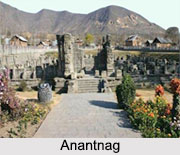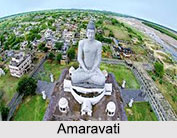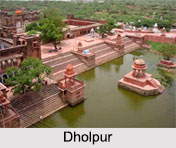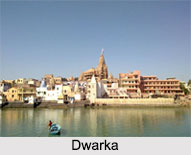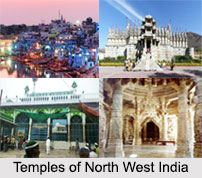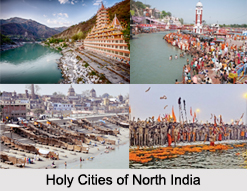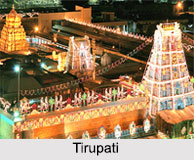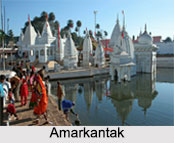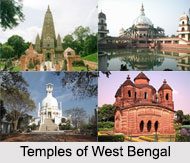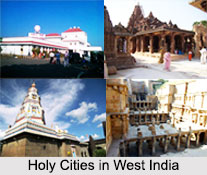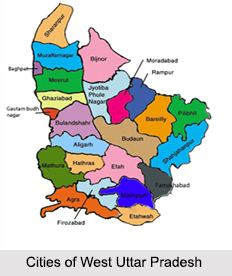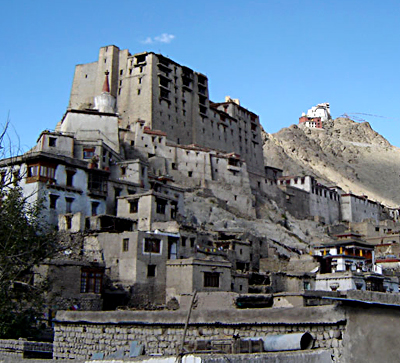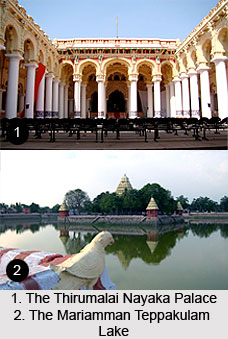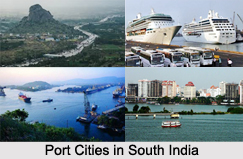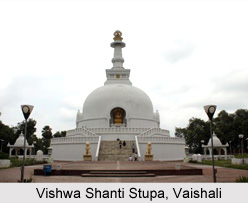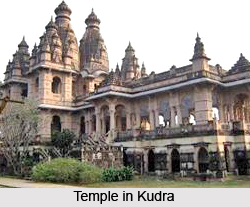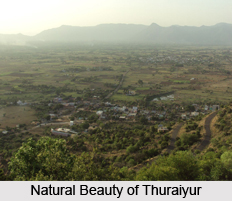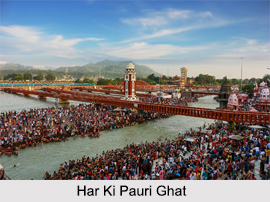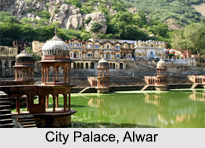 An 18th century monument, the City Palace of Alwar is also known as the Vinay Vilas Mahal and was built by Raja Bakhtayar Singh in the year 1793. Situated on the foothills of the Aravalli Hills right below the Bala Quila, this monument is a perfect example of the Indo-Islamic architecture.
An 18th century monument, the City Palace of Alwar is also known as the Vinay Vilas Mahal and was built by Raja Bakhtayar Singh in the year 1793. Situated on the foothills of the Aravalli Hills right below the Bala Quila, this monument is a perfect example of the Indo-Islamic architecture.
Architecture of City Palace
This monument is the ideal representation of the amalgamation of the Mughal Rajput architecture. The architecture of the City Palace consists of marble pavilions with lotus shaped designs in the large central courtyard. There is also an elevated shaped pavilion inside the palace which depicts the pride and honour of the Rajput kingdoms. The palace also comprises of an artificial lake in the vicinity which was built by Maharaja Vinay Singh in the year 1815. Along the banks of the lake, there are also a number of temples.
The striking construction inside the palace is the chhatri that has a Bengali styled roof and arches. This is known as Moosi Maharani ki chhatri. Within this chhatri or cenotaph a company garden had been built, which is known as the Purjan Vihar. It was built in 1868 by Maharaja Shiv Dan Singh and was further beautified by Maharaja Mangal Singh in 1885. As a summer retreat this garden is perfect and even now it still provides a perfect picnic spot for the tourists as well as for the local people
The City Palace is a two storey building which is now taken up by Government for different offices on the ground floor and the Alwar Government Museum on the floor above. On display in the museum are some ancient Mughal and Rajput painting dating back to the 18th and 19th centuries. The museum has a rich collection of some rare and antique Persian, Arabic, and Urdu and Sanskrit manuscripts. Amongst these manuscripts, the most prominent ones include Bostan, Waqiat-e-Babri and Gulistan. Other attractions of the museum consist of an array of Indian armory weapons and a copy of the epic Mahabharata, painted by Alwar artists. The museum also included the collections and artefacts of the royal family of the Palace which included about 9702 coins, 2270 arms & weapons, 234 sculptures, 35 metal objects, 2565 paintings & manuscripts.
Visiting Information on City Palace
The nearest railway station from the City Palace is at a mere distance of 4 km and the Itarana Helipad is the closest at a distance of 8 km from the Palace.
